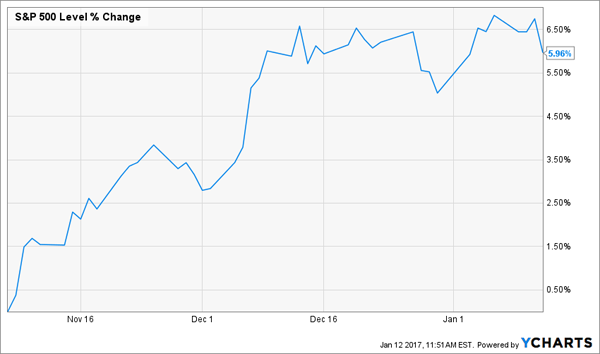Chief Investment Strategist
5 High-Yield REITs With Big Upside in 2017
Brett Owens, Chief Investment StrategistUpdated: January 30, 2017
If you’re wondering which sector is set to take off in 2017 (and who isn’t?), look no further than real estate investment trusts (REITs).
I’ll get into why I’m so bullish on REITs—and name 5 great buys now—in a moment.
First, let’s look at the sector’s recent performance, and what it says about where REITs (which own properties ranging from warehouses to apartment buildings) are headed.
Here’s how the Vanguard REIT ETF (VNQ) has done since January of last year, compared to the benchmark SPDR S&P 500 ETF (SPY):
REIT Investors Fall Behind

Three things stand out here: 1) REITs spiked last summer, when the Brexit vote sent investors scrambling for stability and yield; 2) they didn’t get much pop from the year-end Trump bump; and 3) they’re still way off their 2016 peak and trailing the market as a whole.… Read more






